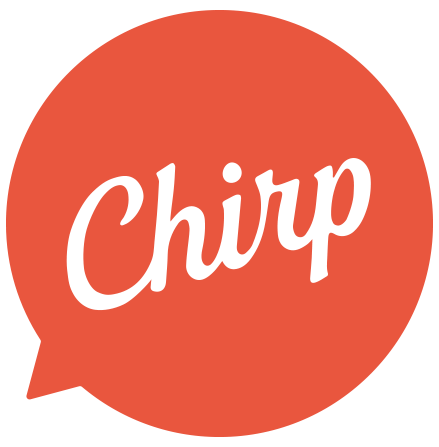How to Build Your B2B Sales Funnel with PR
No matter your industry, having an established sales funnel helps attract potential buyers and converts them into long-term customers.
The B2B sales funnel traditionally consists of static stages in the customer lifecycle. While these stages have remained static, the potential buyers and their journey have not.
The pandemic changed not only how we work but how we consume information and interact with one another. The shift ideally positions public relations to lead communications in the post-pandemic era.
Companies now must rethink their approach and content if they want to stand apart from their competition and accelerate leads in today’s environment. While it’s clear that integrating strategic public relations programs into each stage of the funnel is more important than ever, what will it take to create a well-established and successful sales funnel in 2023 and beyond?
Keep reading to learn how to make PR benefit the sales funnel in a few easy steps.
Phase 1: Cast a wide net
The power of content is one of the most widely used ways to attract potential buyers’ initial interest. But content is only successful if it is where the customers go to find information. That may be a trusted
publication or online forum, but increasingly, it is on social media platforms, especially for B2B industries.
Content must be relevant and reach your buyers at critical points in their journey, or where they have already invested time engaging. Learning your target audience’s buying habits and path-to-purchase trends is the best way to create content that will resonate with them. The word often used for the top part of the sales funnel is “awareness” because improving visibility will help drive demand and capture leads.
To bring attention and awareness to your brand, it is important to ensure that the content being pushed is informative, educational, and unique. This can be done by using content such as blogs, e-books, YouTube videos, seminars, and other forms of content that allows your company’s message to reach the right people. Done correctly, public relations will ensure that the value of the brand and its solutions to everyday problems are emphasized instead of problematic products or services.
Phase 2: Harness the interest
Once potential buyers are aware of a company and how their products or services can potentially solve a problem they are having, they move to the second phase of the sales funnel: “Interest.” Although the buyer has expressed interest, they may still be hesitant to purchase. The goal at this stage is to nurture the relationship and determine how to turn their hesitation into a purchase.
Often, this phase can become overtly sales-focused, potentially making prospects shy away from becoming customers. Using proven public relations tactics, such as email campaigns, social media, or blog posts, you can reach interested buyers to illustrate how your business can directly help them by solving their problems. By nurturing potential buyers with more relevant information on your business, you have a better chance of moving them into the next phase of the funnel: “Desire.”
Phase 3: Show them the way
At the “desire” stage of the funnel, the potential customer is considering making a purchase. To move buyers from considering to committed, help them experience what it would be like as a customer. Make it clear what their return on investment would entail and offer any incentives or trials that help accelerate a purchase.
During the desire stage, personal touchpoints can go a long way to help companies stand apart when operating in commoditized industries and help smaller prospects feel like important businesses. By aligning your sales funnel with customer service and support, you can make your prospects feel important. Additionally, in this stage, higher-value public relations content helps create desire and includes testimonials, case studies, live demos, industry analyst reports, customer service/support, and product comparisons that help move them from desire to action.
Phase 4: Take action
The fourth phase is called “action” for a reason. This is where you’ve earned the opportunity to close a deal and turn a prospect into a customer.
Make sure your customer has everything they need to succeed from the start. From a public relations standpoint, you can send follow-up onboarding email campaigns, product/service training webinars, or customer success tips. Ongoing customer communications — such as newsletters and surveys — are important elements that help reinforce to your new customers that they made the right decision.
And don’t forget the power of personal touchpoints, whether it’s an in-person meeting or a video conversation.
PR is so powerful because it is a multi-faceted approach that fuels sales funnels. It should not stop once you’ve gained traction.
Companies should turn to PR at every stage of their business, especially during the buyer’s journey, to make their organizations stand out from the competition vying for the same attention. Doing so will fill the sales funnel, increase leads, and drive new customer relationships.
Here at Chirp, we deliver results that matter and help everyday businesses succeed. For more information on how to implement PR to enhance your sales efforts, give us a chirp.

